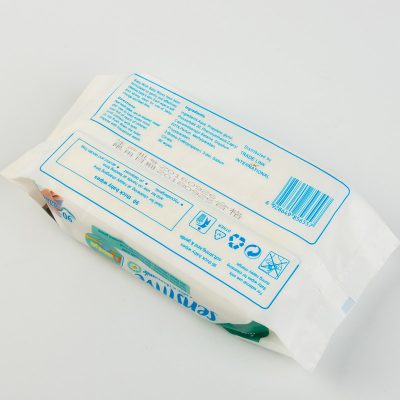For household paper, the raw material is the first step to health, that is, the pulp raw material used in papermaking. Because of the price war, many common household paper mills on the market are made from recycled paper. Such products flood the market, causing many unidentified consumers to invisibly harm their own health. Strictly speaking, this type of recycled pulp is not allowed to process household paper. Because there are so many sources of pulp raw materials, even used sanitary napkins, newspapers and other waste paper, etc., after being recycled and bleached, they are illegally manufactured by some small processing plants or black dens, and finally circulated to the market. We consumers know more about this common sense, and refuse to buy such products because they are cheap and cost-effective. There are also a number of small-brand household papers on the market. Although the product packaging is marked as 100% wood pulp, it is actually a mixture of about 30% raw pulp and recycled pulp. The quality has improved, but it is still not a consumer. The healthy choice.
In addition to raw materials, we must also pay attention to the second important step, that is, physical and chemical indicators. When purchasing household paper, many consumers blindly pursue the brand, pursuing exquisiteness, whiteness or fragrance, while ignoring that what we really need is its use value and our own health. As everyone knows, it is precisely among these hyped selling points. Murder is hidden. In order to cater to consumers’ preferences, some manufacturers do not hesitate to overuse or add industrial raw materials to make their products have features that they should not have.


















